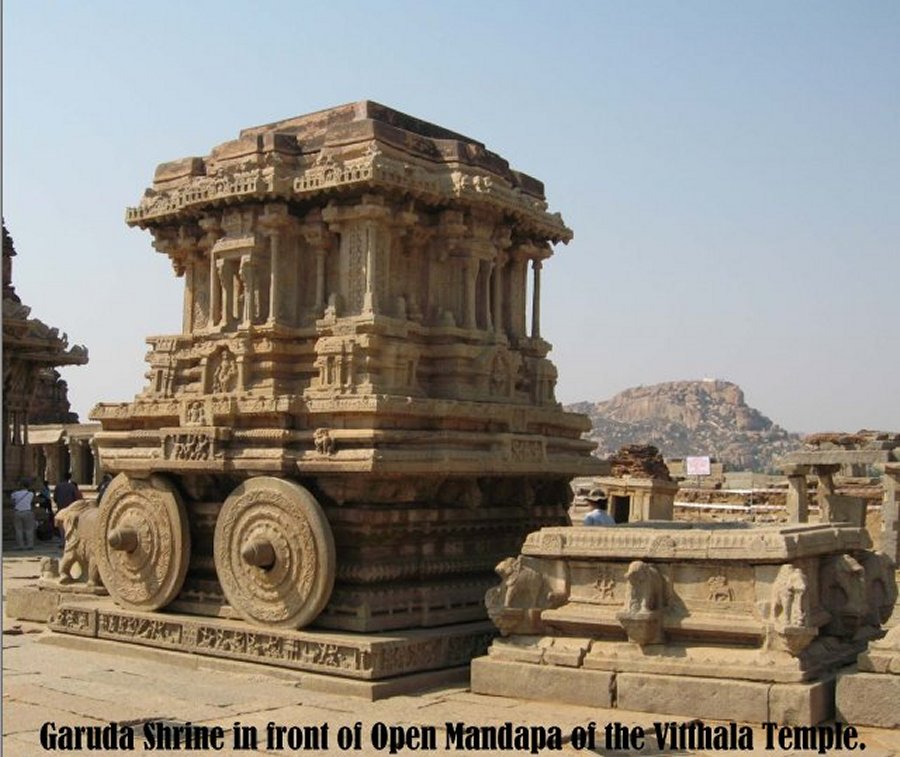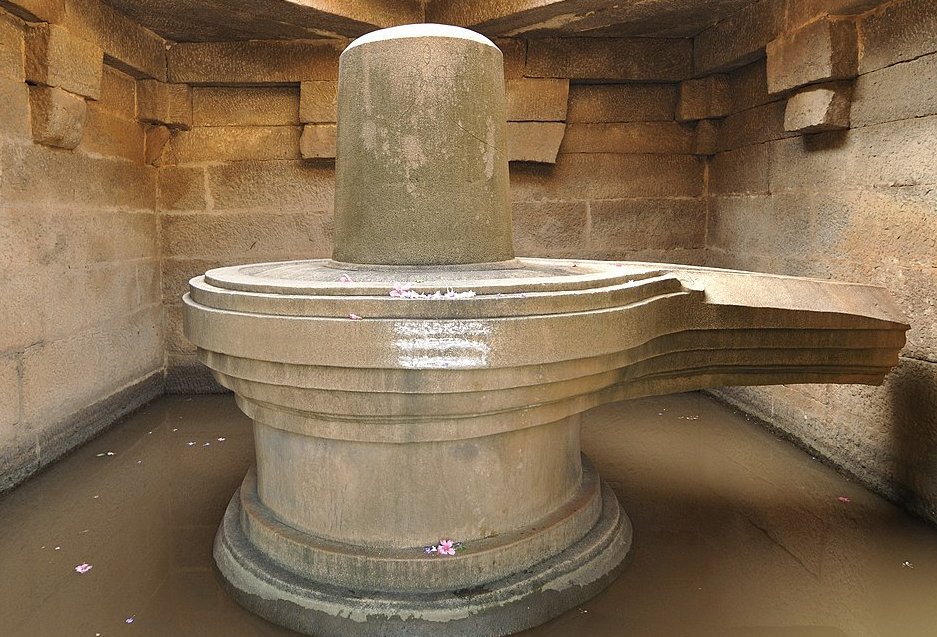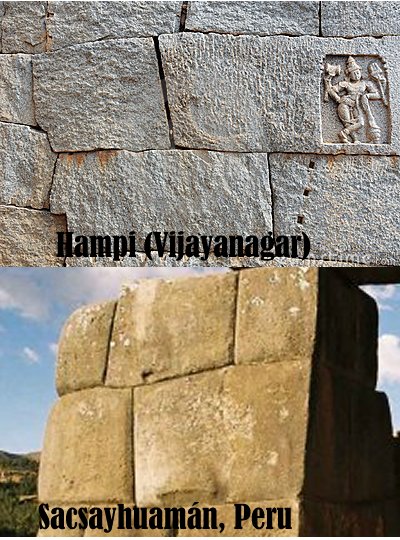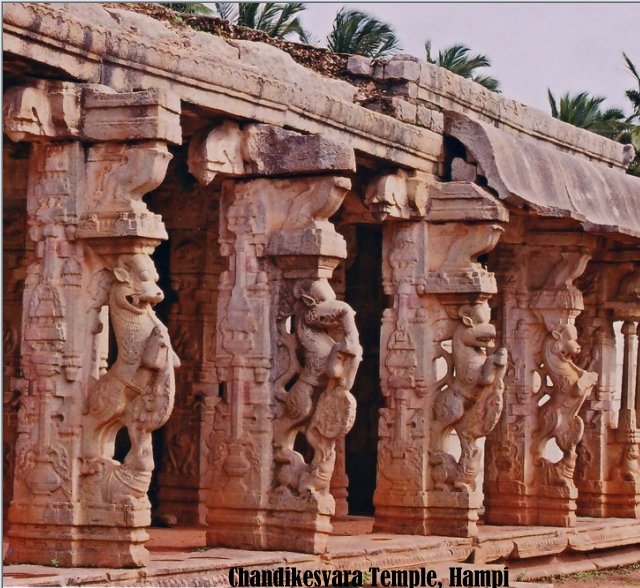Vijayanagara – ‘City Of Devas – Shining Ones’ – Place Where Mythology And History Coexist
A. Sutherland - AncientPages.com - It is time to visit remarkable Vijayanagara, one of the most beautiful ancient places and one of the kingdoms of the Shining Ones.
Vijayanagara is probably the most mysterious city in India, the lost land of a thousand gods, holy texts, and marvelous temples.

Vijaynagara, now-ruined capital city situated around the Hampi, ruins are now a World Heritage Site. Vijay Nagara was the second-largest city in the world, later it was captured and destroyed by Muslim armies and abandoned ever since.
Hampi, originally called Vijayanagara, (in Sanskrit"The City of Victory") was once the flourishing and beautiful capital of the Vijayanagar Empire.
Today, there are only ruins of stone temples, smaller shrines, and other buildings. Vijayanagara lies somewhere in a wilderness, abandoned and forgotten. A legendary "City of Victory", from vijaya "victory" and nagara (city), known as Vijayanagaram and located in Andhra Pradesh, was once on the eastern coast of India. Now, it is not the famous Vijayanagara - the "City of Shining Ones" (devas) anymore but Hampi.
No one knows exactly when the city was created and its history is shrouded in mystery but according to the sacred texts of India, it was a place where people and gods used to meet.
Still, in 1443 AD, the mysterious city was flourishing. The famous Persian traveler, Abdul Razzaq, saw the city of extreme size, ruled by the wise and powerful king, who had one thousand elephants.
"The City of Vijayanagaram has no equal in the world" was Abdul Razzaq's true impression.
Also Jawaharlal Nehru (1889 – 1964), an Indian independence activist and, later, the first Prime Minister of India, and a central figure in Indian politics both before and after independence wrote in his book "The Discovery of India":
"After Timur's sack of Delhi, North India remained weak and divided. South India was better off, and the largest and most powerful of the southern kingdoms was Vijayanagar. This state and city attracted many of Hindu refugees from the north. From contemporary accounts, it appears that the city was rich and very beautiful. The city is such that eye has not seen nor ear heard of any place resembling it upon earth", says Abdur-Razzak from Central Asia.
Shiva linga (left) and fierce Yoga-Narasimha monoliths carved in-situ. Narasimha is damaged, his
pedestal has burn marks. Giant Shiva Linga is located near the Laxmi Narasimha statue at Hampi.
Image credit: Dey.sandip - CC BY-SA 3.0
There were arcades and magnificent galleries for the bazaars, and rising above them all was the palace of the king surrounded by "many rivulets and streams flowing through channels of cut stone, polished and even." The whole city was full of gardens, and because of them, as an Italian visitor in 1420, Nicolo Conti writes, the circumference of the city was sixty miles. A later visitor was Paes, a Portuguese who came in 1522 after having visited the Italian cities of the Renaissance.
The city of Vijayanagar, he says, is as "large as Rome and very beautiful to the sight"; it is full of charm and wonders with its innumerable lakes and waterways and fruit gardens. It is "the best provided city in the world" and "everything abounds." The chambers of the palace were a mass of ivory, with roses and lotuses carved in ivory at the top--"it is so rich and beautiful that you would hardly find anywhere, another such."
Even today, looking at the few remaining ruins of the city, one can easily imagine the greatness of this metropolis, which was settled long before the creation of the empire that extended over the southern part of India. Massive defensive walls of the city were built of giant blocks of stone weighing many tones. The construction of these walls with no mortar, tailored to the nearest millimeter from each other, required highly skilled builders who did not need to feel ashamed of their work.
This impressive work is very similar to that found in Sacsayhuaman, Peru.
David H. Childress wrote in his book "Lost Cities of China, Central Asia and India":
"The largest temple complexes are from the sixteenth century and consist of vast rectangular compounds defined by high granite walls, the temples are entered through towered gateways. These soaring pyramidical brick and plaster constructions were the "skyscrapers" of their day, often more than 150 feet (52 meters) in height..."
Particularly interesting are tightly fitted granite walls, joined without any mortar, and surrounding the temple complexes giving an impression to be much older than the rest of the city.
"... the blocks, rather than regularly cut and placed as one would expect, are fitted together in a polygonal fashion, with blocks perfectly fitted together like a jigsaw puzzle. This form of construction is highly unusual, and the most sophisticated technology for fitting stones. Walls fitted together in this fashion are earthquake-proof, among other things..." (Childress).
Is there a connection between the impressive structures of Vijayanagara and those created in Peru?
"One theory of the ancient structures in Peru is that they were built by a mysterious group called "The Atlantean League." After the sinking of Atlantis, these seafarers theoretically journeyed all over the world, and, incredibly, on reed boats! Was the ancient wall at Vijayanagara built by the Atlantean League?
There is much history in this very ancient city, which is also a spiritual power place.
Hampi (Vijayanagara) was once the strongest and largest Hindu capital of the Deccan region from 1336 to 1565. It was previously known as Pampa Kshetra in the Puranas and Mahabharata as well as Kishkinda in the Ramayana, where Lord Rama has a meeting with Hanuman, a Hindu god.
This impressive and powerful city had a population of more than a million people. The Hindu kings promoted culture, the arts, developed agriculture, and city planning.
Religions were not any problem for the kings who allowed the practice of them.
Today, except for small monkeys living there, these fascinating remains of prehistoric greatness are almost totally abandoned. Tourists do not seem to be particularly interested in looking at the temple complexes of the "city of the kings and gods" and the stables for the powerful elephants, to this day preserved in remarkably perfect condition.
Written by – A. Sutherland AncientPages.com Staff Writer
Copyright © AncientPages.com All rights reserved. This material may not be published, broadcast, rewritten or redistributed in whole or part without the express written permission of AncientPages.com
More From Ancient Pages
-
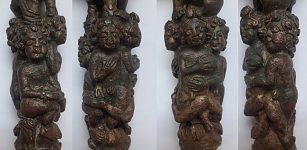 Roman Britain Executions Revealed – New Evidence
Archaeology | Aug 14, 2021
Roman Britain Executions Revealed – New Evidence
Archaeology | Aug 14, 2021 -
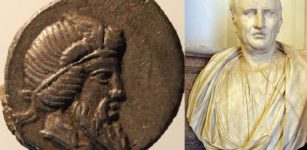 Scientists Solve The Mystery Of Cicero’s Puzzling Words By Analyzing Ancient Roman Coins – Evidence Of Financial Crisis?
Artifacts | Apr 6, 2022
Scientists Solve The Mystery Of Cicero’s Puzzling Words By Analyzing Ancient Roman Coins – Evidence Of Financial Crisis?
Artifacts | Apr 6, 2022 -
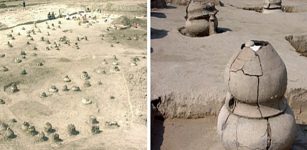 Bronze Age Vatya Culture: ‘Urnfield’ Cemetery And Remains Of A High-Status Woman
Archaeology | Jul 30, 2021
Bronze Age Vatya Culture: ‘Urnfield’ Cemetery And Remains Of A High-Status Woman
Archaeology | Jul 30, 2021 -
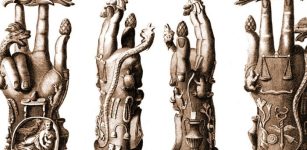 Enigmatic ‘Hand Of Sabazius’ Dedicated To Unwillingly Tolerated God
Featured Stories | Jun 10, 2021
Enigmatic ‘Hand Of Sabazius’ Dedicated To Unwillingly Tolerated God
Featured Stories | Jun 10, 2021 -
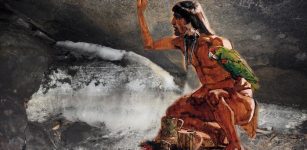 Ancestral Puebloans Survived Devastating Climate Change Hiding In New Mexico Lava Tubes
Archaeology | Nov 20, 2020
Ancestral Puebloans Survived Devastating Climate Change Hiding In New Mexico Lava Tubes
Archaeology | Nov 20, 2020 -
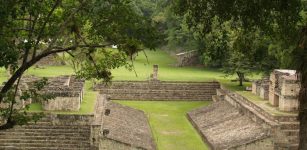 On This Day In History: First European Sights The Ruins Of Ancient Maya City Of Copán – On Mar 8, 1576
News | Mar 8, 2017
On This Day In History: First European Sights The Ruins Of Ancient Maya City Of Copán – On Mar 8, 1576
News | Mar 8, 2017 -
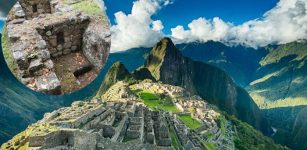 Unknown Ancient Structures Discovered At Machu Picchu By LIDAR
Archaeology | Mar 29, 2022
Unknown Ancient Structures Discovered At Machu Picchu By LIDAR
Archaeology | Mar 29, 2022 -
 Nomadic Pasture Farming Was Developed 7,000 Years Ago In Swiss Alps
Archaeology | Apr 13, 2017
Nomadic Pasture Farming Was Developed 7,000 Years Ago In Swiss Alps
Archaeology | Apr 13, 2017 -
 Ancient City Of Adab That Flourished In North Sumer
Civilizations | Jul 19, 2017
Ancient City Of Adab That Flourished In North Sumer
Civilizations | Jul 19, 2017 -
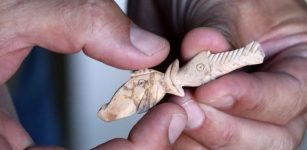 2500-Year-Old Objects Made From Goat Bones Discovered In Turkey’s City Of Aigai
Archaeology | Sep 17, 2020
2500-Year-Old Objects Made From Goat Bones Discovered In Turkey’s City Of Aigai
Archaeology | Sep 17, 2020 -
 Face Of Iron Age Female Druid Reconstructed
Archaeology | Aug 20, 2019
Face Of Iron Age Female Druid Reconstructed
Archaeology | Aug 20, 2019 -
 DNA From 35,000-Year-Old Romanian Skull Reveals Flaws In The Theory Of Evolution
Archaeology | May 25, 2021
DNA From 35,000-Year-Old Romanian Skull Reveals Flaws In The Theory Of Evolution
Archaeology | May 25, 2021 -
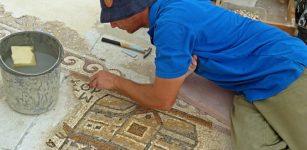 A Rare 1,500 Year Old Mosaic That Depicts Ancient Streets And Buildings in Egypt – Discovered
News | Sep 29, 2015
A Rare 1,500 Year Old Mosaic That Depicts Ancient Streets And Buildings in Egypt – Discovered
News | Sep 29, 2015 -
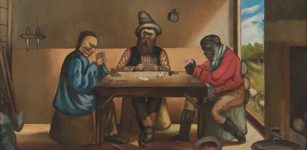 How Gold Rushes Helped Make The Modern World
Featured Stories | Aug 1, 2019
How Gold Rushes Helped Make The Modern World
Featured Stories | Aug 1, 2019 -
 Magnificent Viking Treasure Accidently Found In Norway – Was It Hidden Or Sacrificed?
Archaeology | Nov 3, 2022
Magnificent Viking Treasure Accidently Found In Norway – Was It Hidden Or Sacrificed?
Archaeology | Nov 3, 2022 -
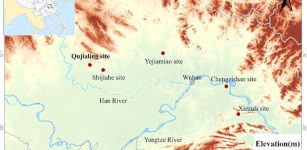 Evolution Of Paleodiet At Neolithic Qujialing Site Unveiled By Scientists
Archaeology | Nov 30, 2022
Evolution Of Paleodiet At Neolithic Qujialing Site Unveiled By Scientists
Archaeology | Nov 30, 2022 -
 Dionysus – Greek God Of Wine, Music, Ritual Madness And Ecstasy Was Born Twice
Featured Stories | Jan 8, 2019
Dionysus – Greek God Of Wine, Music, Ritual Madness And Ecstasy Was Born Twice
Featured Stories | Jan 8, 2019 -
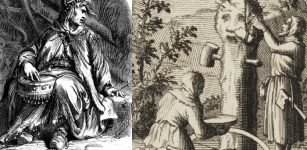 Sami God Horagalles Who Ruled Over Rain, Fire And Thunder Hated Evil Spirits
Featured Stories | Feb 11, 2024
Sami God Horagalles Who Ruled Over Rain, Fire And Thunder Hated Evil Spirits
Featured Stories | Feb 11, 2024 -
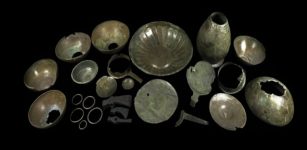 Knaresborough Hoard Reveals Its Secrets – Unusual Roman Discovery In The British Isles
Archaeology | Jan 12, 2024
Knaresborough Hoard Reveals Its Secrets – Unusual Roman Discovery In The British Isles
Archaeology | Jan 12, 2024 -
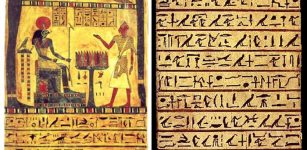 Strange History Of Stele Of Ankh-ef-en-Khonsu – ‘Stele Of Revealing’ Gave Birth To Thelema, A New Religion
Artifacts | Apr 3, 2018
Strange History Of Stele Of Ankh-ef-en-Khonsu – ‘Stele Of Revealing’ Gave Birth To Thelema, A New Religion
Artifacts | Apr 3, 2018

